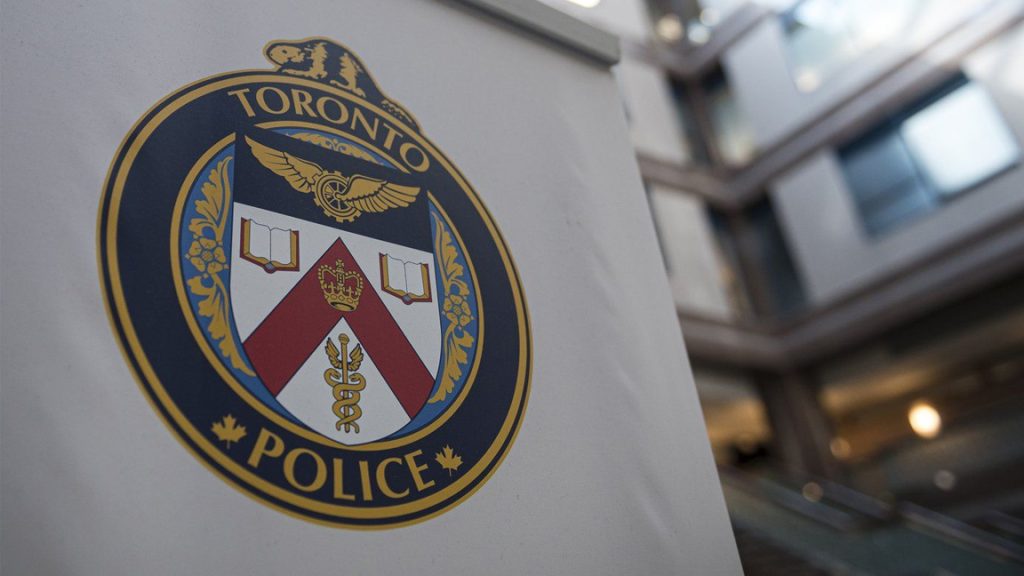Universities team to build database of terrorism, extremist attacks 1960-2014
Posted May 14, 2015 4:58 pm.
Last Updated May 14, 2015 7:54 pm.
This article is more than 5 years old.
OTTAWA – A new, publicly accessible database looks at more than 50 years of terrorist and extremist incidents with a Canadian connection.
The Canadian Incident Database is the product of the Canadian Network for Research on Terrorism, Security and Society, or TSAS.
The project began in December 2013, with money from Public Safety Canada and Defence Research and Development Canada.
It lists 1,815 such acts between 1960 and 2014, with 410 of the incidents occurring abroad.
It uses the Criminal Code definition of terrorism to differentiate between terrorist and extremist incidents.
The 1,170 terrorist acts in Canada over the 64-year period caused 450 deaths.
Most of the deaths were attributed to a pair of airline attacks. In 1965, a Canadian Pacific plane crashed after a bomb explosion, killing 52 people. The 1985 Air India bombing killed 329.
“The purpose of the (database) is to provide unclassified information to national security researchers, which can be used to identify patterns and trends in order to improve our understanding of terrorism and extremist crime in Canada,” the network says on its website.
The database team members come from the University of British Columbia, Simon Fraser University, Carleton University, University of Waterloo and Universite de Montreal.
Their analysis shows that terrorist incidents showed two peaks in the early and late 1960s, a drop in the 1970s and smaller peaks in the 1980s and around 2006.
The first early peak came with attacks by religiously motivated groups, especially the Doukhobor Sons of Freedom, who used arson as a political tool. The second 1960s peak followed a rise in separatist incidents, including bombings.
The 1980s surge is attributed to a range of groups.
The analysis shows that of the terrorist attacks in the 64-year period, 42 per cent occurred in Quebec, with 30 per cent coming in British Columbia and 19 per cent in Ontario.
About 46 per cent of these attacks involved bombings.
Nearly a quarter of all extremist incidents — including supremacist and environmentalist attacks — clustered in the 1980-84 period. About 30 per cent of these were unarmed assaults.










